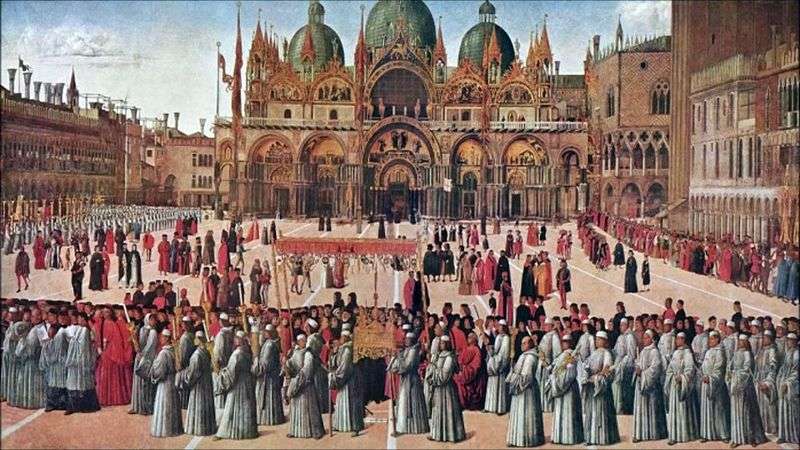
Bellini Gentile came from a famous family of Venetian painters, whose works glorified the beauty of their native city. Contemporaries already in those years highly appreciated the extraordinary skill of the artist, which allowed with photographic accuracy to transmit all the details. The son of the court painter Jacopo Bellini, Gentile, and himself at the age of 20 was awarded Emperor Frederick III of the knighthood for outstanding services in the field of painting. At the age of 45 he became an official court painter, and after another 5 years he received from the Turkish sultan Mehmet II an order for his portrait. This work brought Gentile new glory and a new knighthood.
The main theme of the work of Bellini can be called the image of famous historical events. One of the most famous works of the artist – painting “Procession in Piazza San Marco.” Buildings and Piazza Venezia discharged them with extraordinary precision, as thoroughly illustrated, each suit and each face numerous processes.
Bellini superbly places the details of the composition of the picture. The grandeur of what is happening is not burdened with the crowdedness of the figures depicted, on the contrary, the strict, well-adjusted rhythm of the picture perfectly conveys the atmosphere of solemnity. The grandeur and scale of the event are underscored by the magnificent architecture of the majestic buildings that form the background of the canvas corresponding to the official celebration. And the procession itself, and the special solemnity of the appearance of its participants, all testify to the miracle of the Healing Holy Cross, the transfer of the particle of which accompanies the crowd. The painter fills the images of Venice he recreates with soft light, singling out every figure in the procession with the help of this technique. The color scheme of the composition is distinguished by a special refined nobility; confident lines on a light airy background emphasize the harmony of the picture.
Painting Gentile Bellini marked the beginning of a new independent direction in Venetian painting and greatly influenced the work of Italian painters of the 15th century.
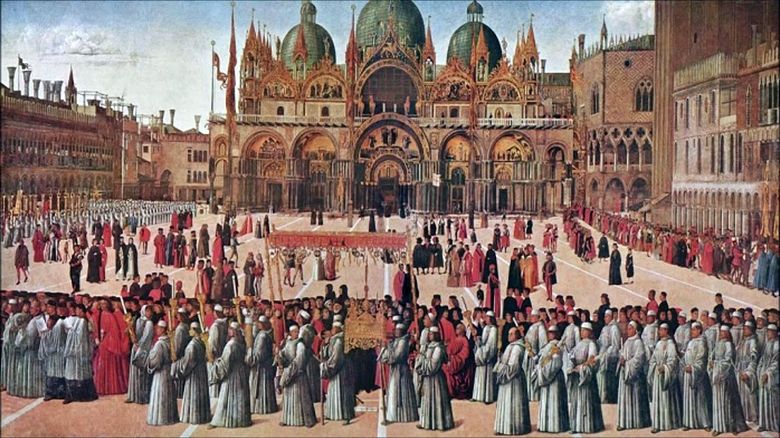 Procession sur la Piazza San Marco – Gentile Bellini
Procession sur la Piazza San Marco – Gentile Bellini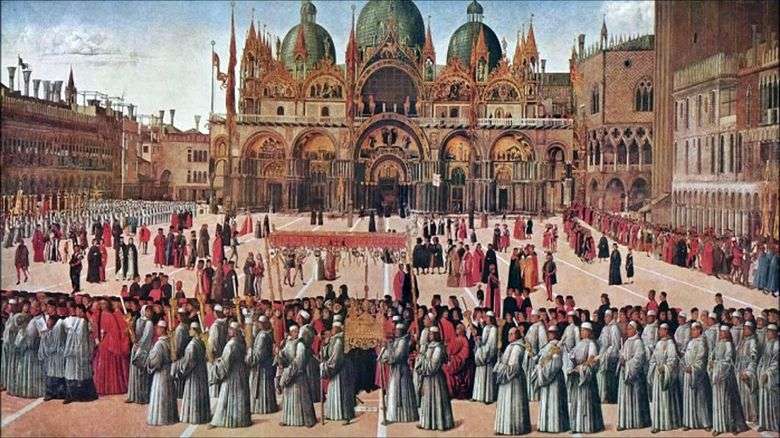 Procesión en Piazza San Marco – Gentile Bellini
Procesión en Piazza San Marco – Gentile Bellini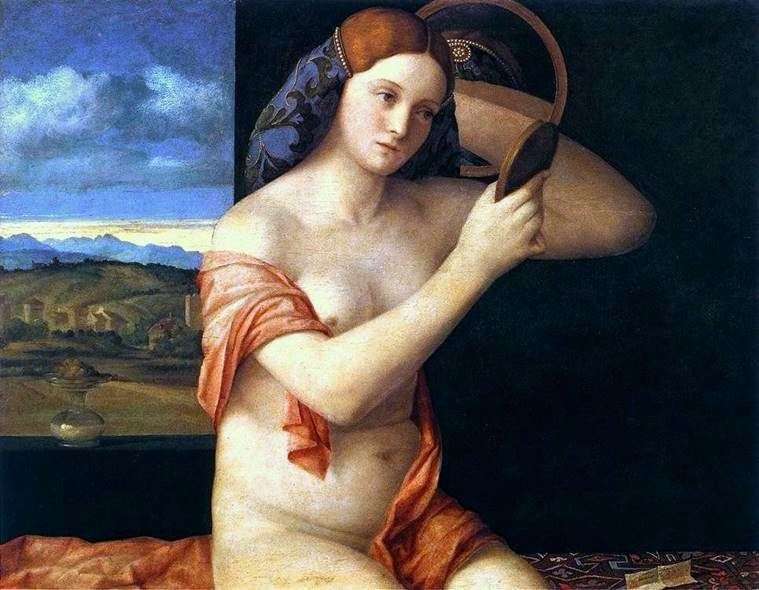 Young woman behind the toilet by Giovanni Bellini
Young woman behind the toilet by Giovanni Bellini Cathedral of San Giovanni e Paolo and Piazza San Marco by Antonio Canaletto
Cathedral of San Giovanni e Paolo and Piazza San Marco by Antonio Canaletto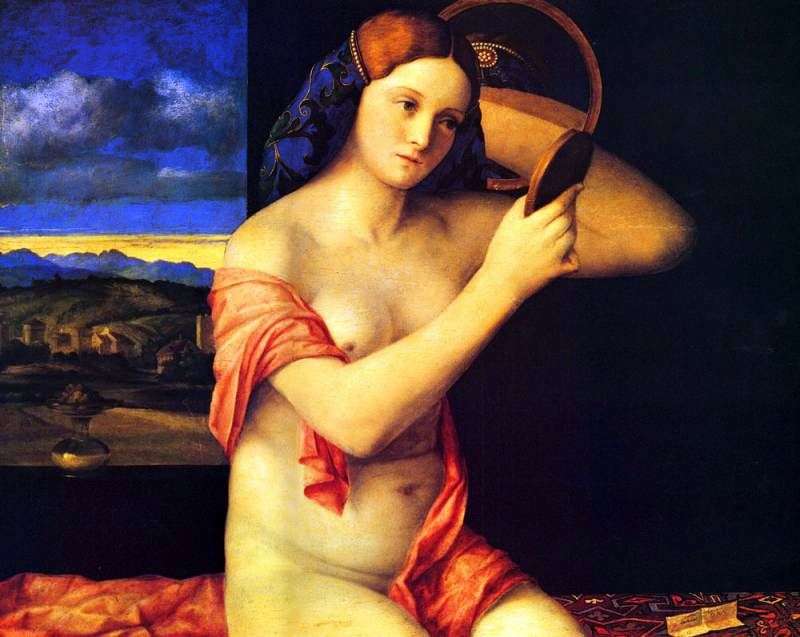 Nude young woman with a mirror by Giovanni Bellini
Nude young woman with a mirror by Giovanni Bellini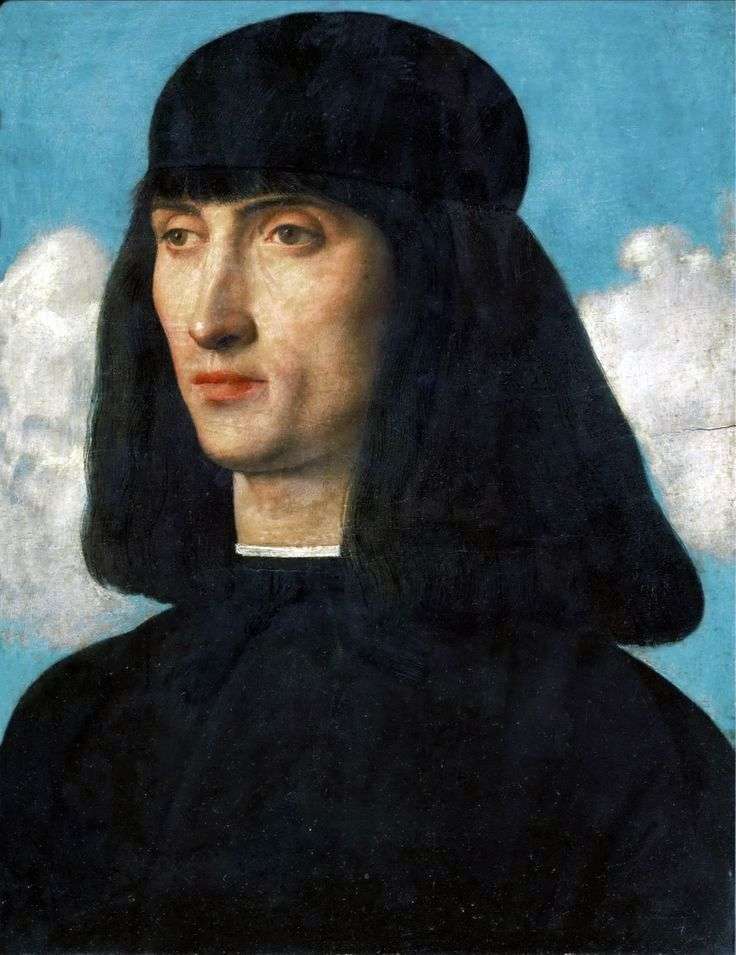 Portrait of a young man by Giovanni Bellini
Portrait of a young man by Giovanni Bellini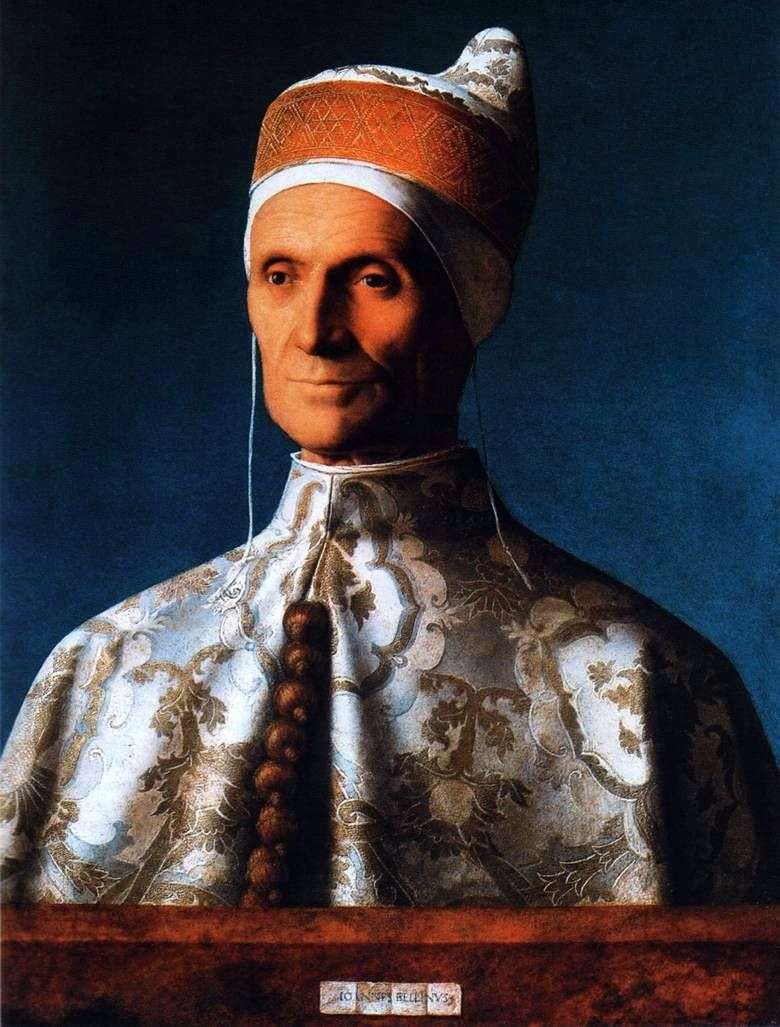 Portrait of the Doge Leonardo Loredana by Giovanni Bellini
Portrait of the Doge Leonardo Loredana by Giovanni Bellini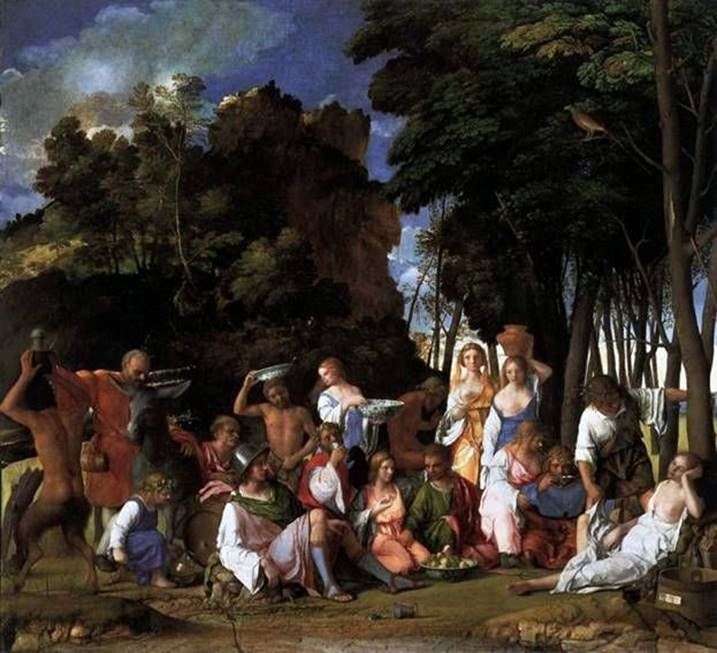 The Feast of the Gods by Giovanni Bellini
The Feast of the Gods by Giovanni Bellini